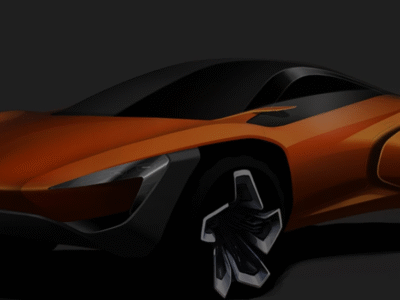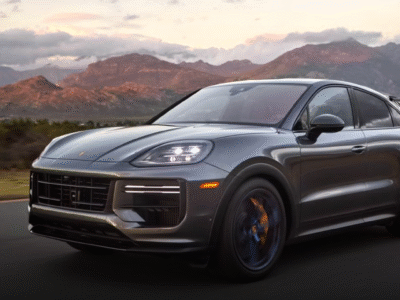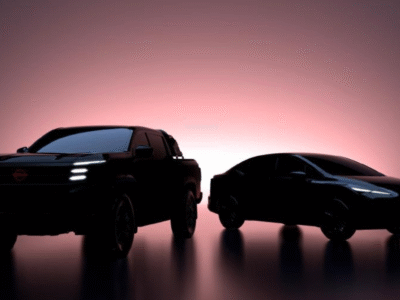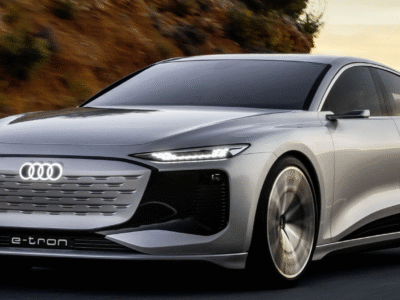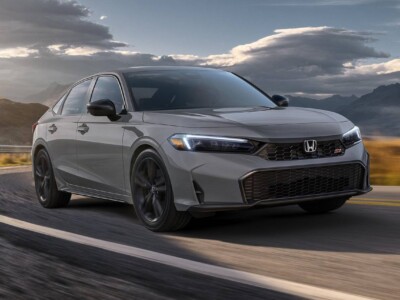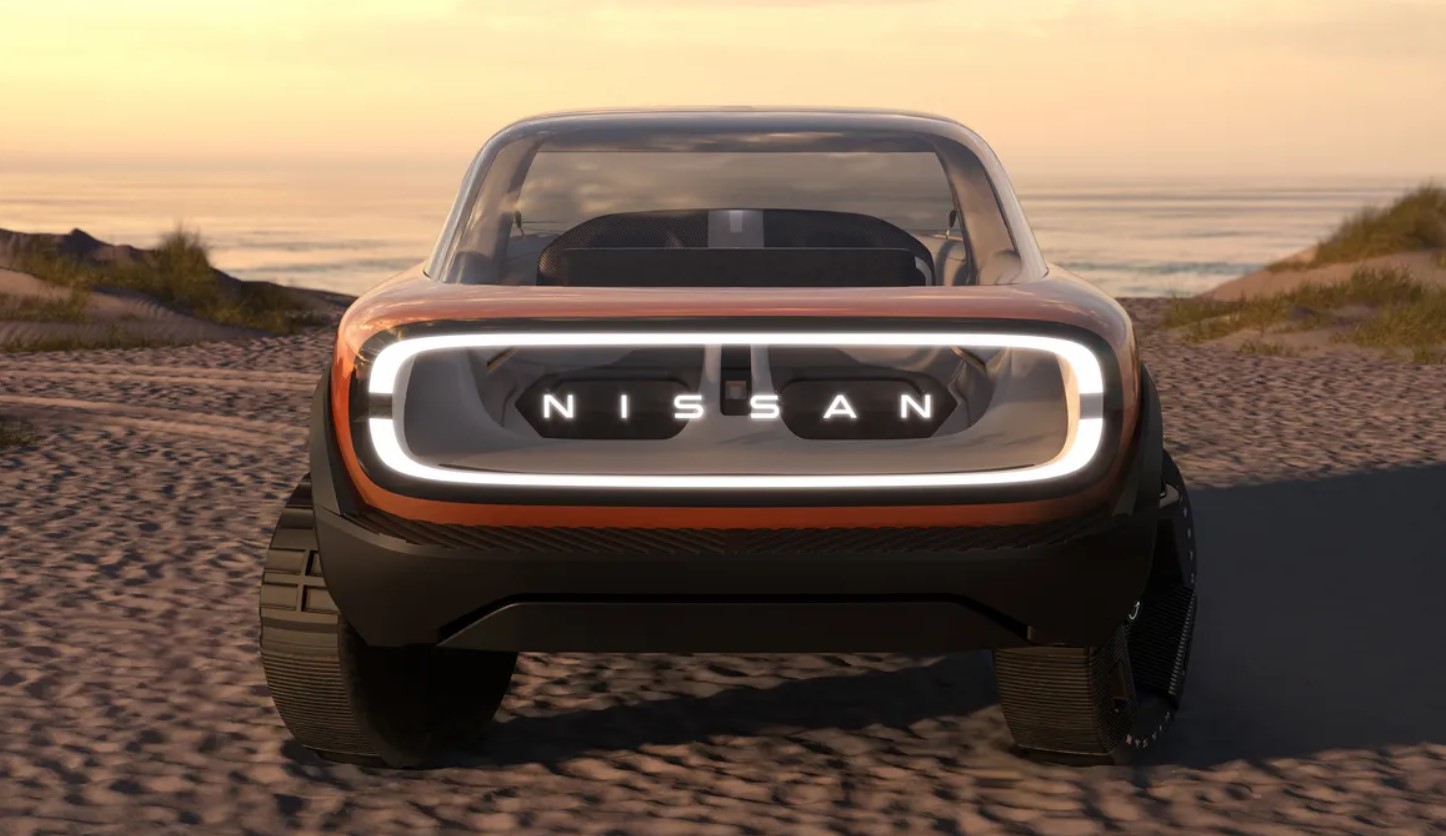
Not all car manufacturers are adopting the same electrification strategy.
During an interview at the 2024 New York Auto Show, Nissan North America’s Senior Vice President and Chief Planning Officer, Ponz Pandikuthira, outlined for Green Car Reports the automaker’s perspective on where electric vehicles, PHEVs, and series hybrids make the most sense.
The conversation with Pandikuthira took place days after Nissan unveiled its plans for hybrids, PHEVs, and a three-row electric SUV destined for the United States, providing a clearer view of which propulsion systems will appear in which types of vehicles in the short term.
Series Hybrids
A part of Nissan’s electrification strategy lies in its e-Power propulsion systems, which is the automaker’s marketing term for a series hybrid. A small combustion engine generates power to feed the electric motor once the battery reaches a particular state of charge. That ICE engine acts solely as a generator, and there’s no direct mechanical connection between the ICE engine and the wheels. Being able to bypass the transmission and all that complexity makes it particularly attractive for carmakers from a cost perspective.
Pandikuthira didn’t completely rule out e-Power for a truck but said that in a smaller-bodied truck, like a Ford Maverick-sized truck, the series hybrid powertrain could make sense. It would be more of a lifestyle truck aimed at city dwellers or surfers, akin to the Nissan Surf-Out concept shown in 2021.
“e-Power is really suited for vehicles like the Kicks and Rogue,” Pandikuthira said. A vehicle that will spend most of its time in urban environments with intermittent traffic and maybe only 30% of the time on the highway.
The executive also pointed out that a series hybrid isn’t best for highway use or at a steady state of 70 or 75 mph. That generator would yield low fuel economy and wouldn’t provide a good towing experience, noting that for medium and large trucks, the average truck driver does a lot of that.
This goes directly against the strategy adopted by Stellantis with the 2025 Ram 1500 Ramcharger. While it has a 92 kWh battery that can be charged, when depleted, the Ram Charger’s generator is a naturally aspirated 3.6-liter V-6, which could yield around 20 mpg on the highway. That’s not while towing.
Hybrids and Plug-in Hybrids
Pandikuthira noted that large vehicles and those spending 70% of their time on the highway would be better off with a plug-in hybrid propulsion system.
“Nissan Frontier customers (the automaker’s midsize pickup truck) don’t want an electric vehicle. What they do want is a plug-in hybrid,” Pandikuthira stated. The executive noted that when towing with a plug-in hybrid powertrain, there’s no compromise. A plug-in hybrid also isn’t as susceptible to the extreme heat and cold challenges that BEVs currently experience with current battery technology.
Plug-in hybrids need a minimum of 70 miles of real-world range, according to Pandikuthira. Next-generation denser energy batteries could help achieve that.
It was revealed on Monday that the next-generation Frontier will have an electric variant and a plug-in hybrid while being twinned with a Mitsubishi. Both will be built in Mexico.
Pandikuthira told GCR that the current Frontier wouldn’t easily accommodate batteries in terms of packaging for a plug-in electric or battery propulsion system. A next-generation truck would be the opportunity, as it could be designed from day one not to compromise packaging.
BEV
Pandikuthira pointed out that a lifestyle truck should cost between $25,000 and $35,000, and maybe reach $40,000.
“It’s likely going to be at least a few years short of electrifying anything in that range and making the cost affordable,” Pandikuthira said, referring to a fully electric or e-Power possibility.
According to Pandikuthira, it currently makes more sense to make a battery electric vehicle the size of a Pathfinder, which is a three-row crossover SUV. The executive joked that a larger truck or a Pathfinder-sized vehicle could sustain the necessary price to install an electric propulsion system. That price is up to $55,000 or $60,000, Pandikuthira said. It all boils down to deciding which body style to electrify first based on customer needs, according to the executive.
“Electrification is still going to happen, it’s just a little slower than we thought,” Pandikuthira said.


